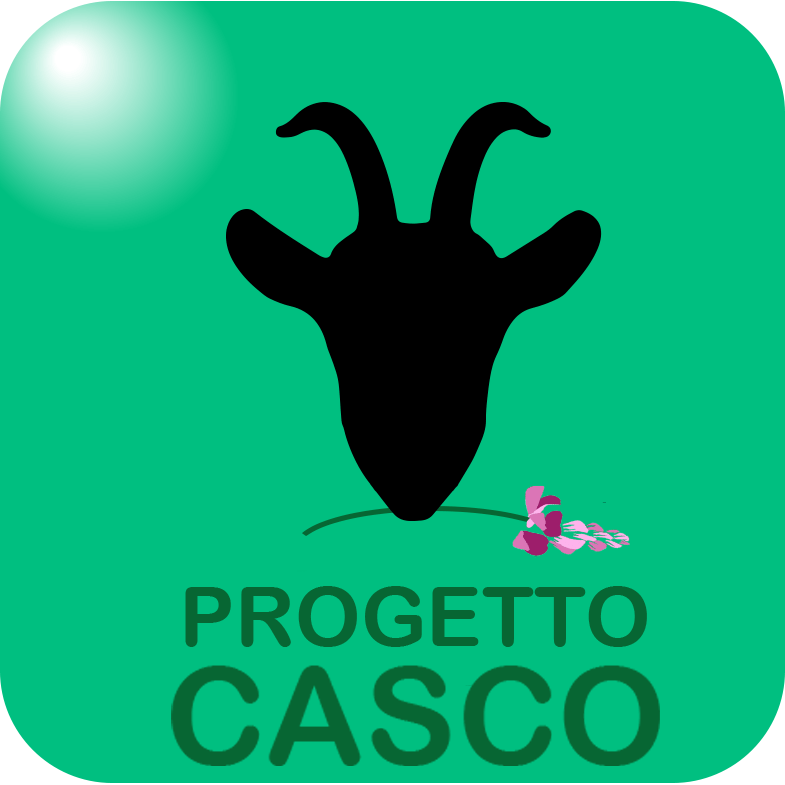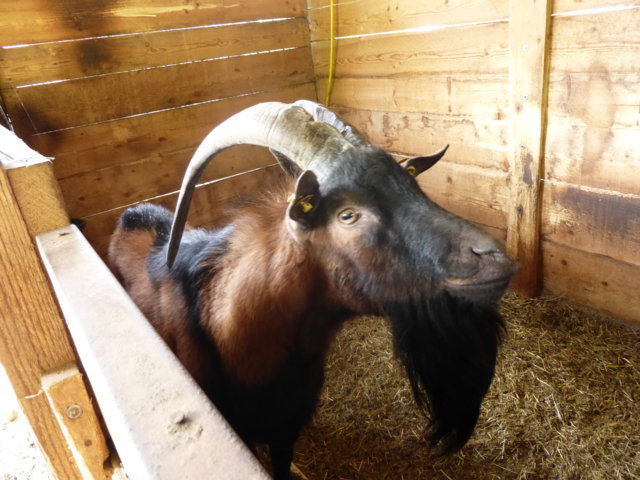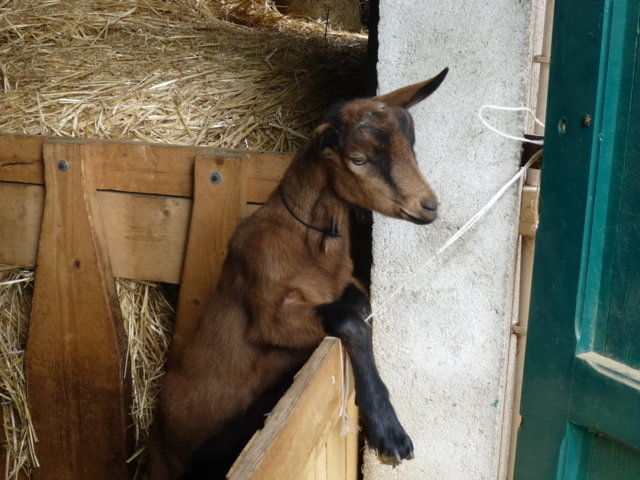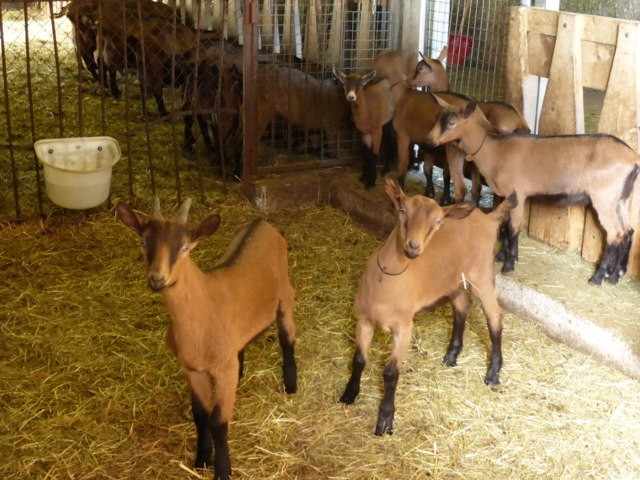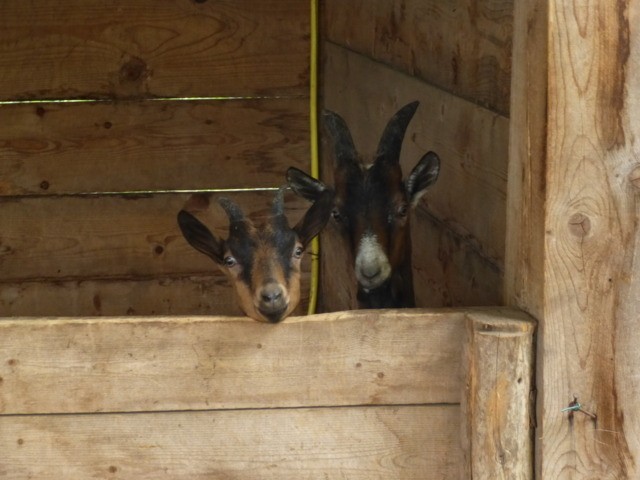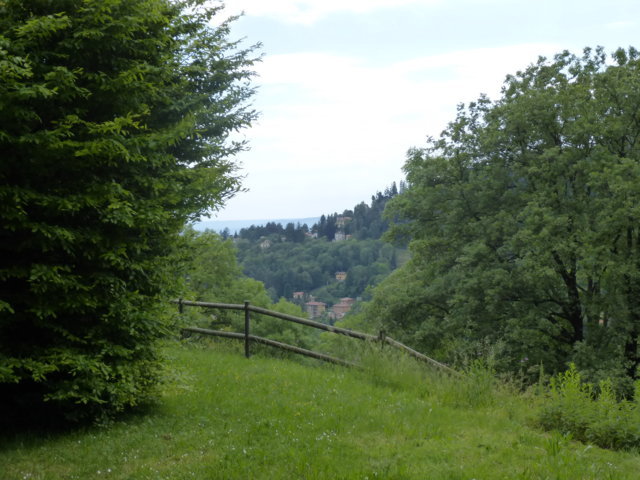Worldwide, goat farming is constantly growing in number of animals raised, with a 78% increase since 1990 (FAOSTAT, 2018). The goat sector is in third place for the number of animals reared, after cattle and sheep (1.489.744.504 cattle, 1.209.467.079 sheep, 1.045.915.764 goats, 978.332.119 pigs).
Europe owns only 2.5% of the world’s goats, but produces 18% of goat’s milk. European goat breeding is concentrated in the states overlooking the Mediterranean, and has different breeding conditions and techniques.
In Italy, goat farming is going through a phase of profound renewal and evolution in recent years. , a process that sees the transition from a marginal sector to a highly innovative element with a high level of professionalism employed. Goat farming, previously marginal, is turning into a highly innovative sector. Most of the goats reared in Italy reside in the southern regions, where they are reared according to traditional and extensive methods, to the detriment of productivity and innovation. Table 1 shows the number of animals reared, the production of milk collected on farms by the dairy industry and the average production per head for the three Italian macro-areas and for the total.
